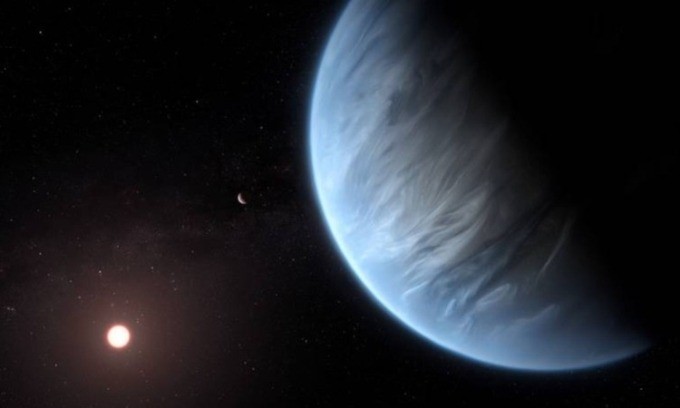 |
| In 2023, researchers using NASA's James Webb Space Telescope (JWST) announced the possible presence of dimethyl sulfide (DMS) on K2-18b, a planet nearly nine times larger than Earth and located in the habitable zone of a star about 120 light years away. This is considered evidence that alien life actually exists. Photo: Exoplanet. |
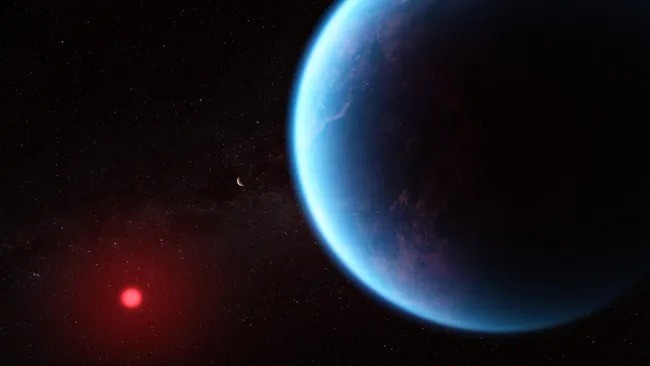 |
| On Earth, DMS is primarily produced by life , especially phytoplankton and other marine microorganisms. Therefore, the 2023 study attracted the attention of many scientists. However, the preliminary findings of JWST could not confirm the presence of DMS, so experts conducted another observation. Photo: NASA, ESA, CSA, Joseph Olmsted. |
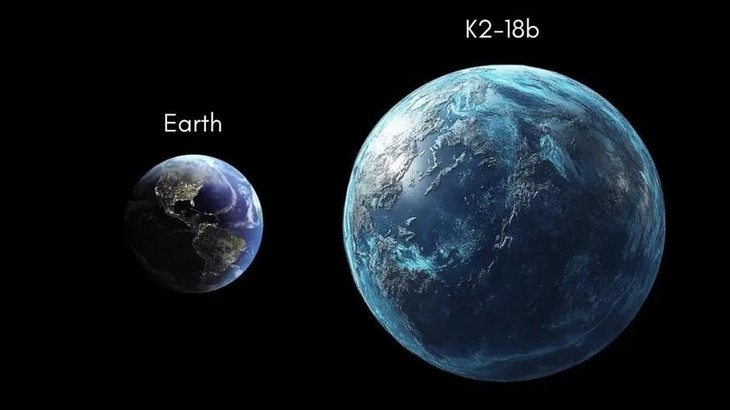 |
| The James Webb Space Telescope can probe the atmospheres of exoplanets as they “pass” in front of their host stars from the observatory’s perspective. JWST detects certain molecules in the air based on the wavelengths of starlight they absorb. Image: X/@konstructivizm. |
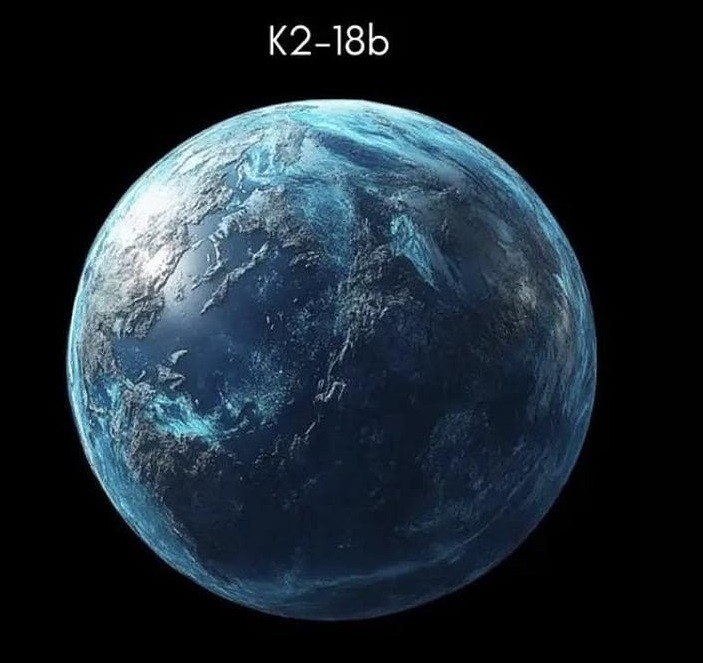 |
| The team initially detected dimethyl sulfide using JWST's NIRISS (Near Infrared Imager and Spectrometer) and NIRSpec (Near Infrared Spectrometer). In the new study, the experts used the $10 billion MIRI (Mid-Infrared Instrument) instrument to examine different wavelengths of light. Image: X/@konstructivizm. |
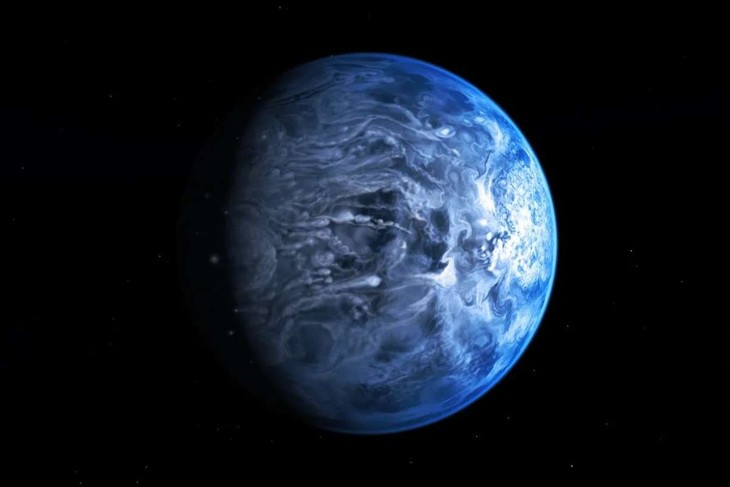 |
| Through this, MIRI detected traces of DMS and/or dimethyl disulfide (DMDS) - a chemically related compound that could also be a biosignature. This information was published by experts in The Astrophysical Journal Letters on April 17. Photo: astrophotographylens.com. |
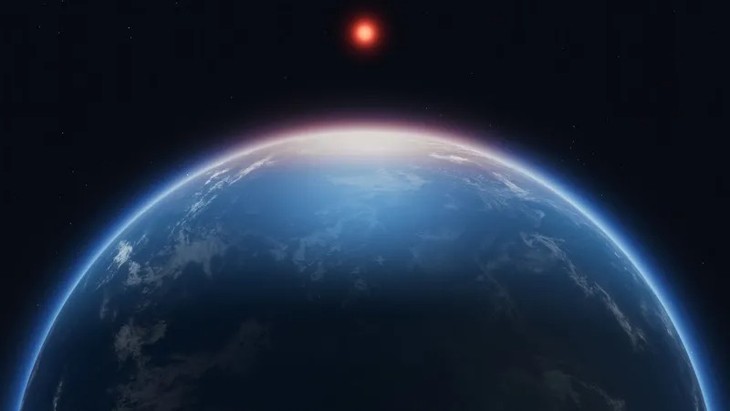 |
| “This is independent evidence, using a different instrument than before and a different wavelength range of light, with no overlap with previous observations,” explained Nikku Madhusudhan, a professor at the University of Cambridge’s Institute of Astronomy, who led both studies of K2-18b. “The signal is very clear and strong,” he added. Photo: Cambridge University. |
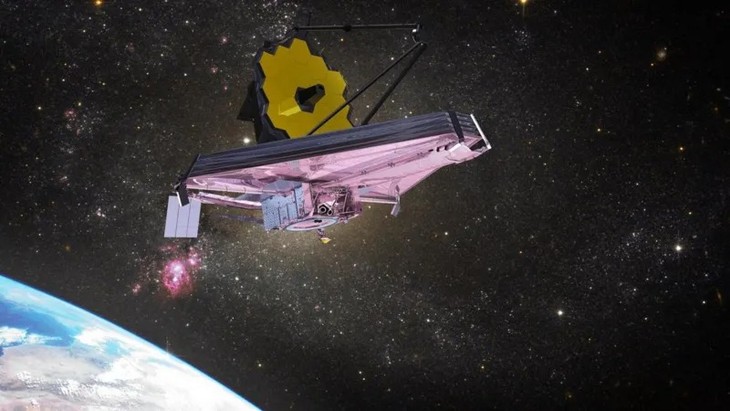 |
| Based on its size and other characteristics, astronomers suspect K2-18b could be a “Hycean” world, a class of exoplanets proposed in 2021 with a massive liquid water ocean and a hydrogen-rich atmosphere. K2-18b’s atmosphere is also rich in DMS and/or DMDS, according to the new study. The team estimates concentrations of more than 10 parts per million by volume, compared to less than one part per billion on Earth. Image: NASA. |
 |
| "Previous theoretical work predicted that high concentrations of sulfur-containing gases such as DMS and DMDS could exist on Hycean worlds. Now we have observed that, which is consistent with what we predicted. Given everything we know about the planet, a Hycean world with a life-filled ocean is the scenario that best fits the data we have," said Professor Madhusudhan. Photo: Jenny Mottar. |
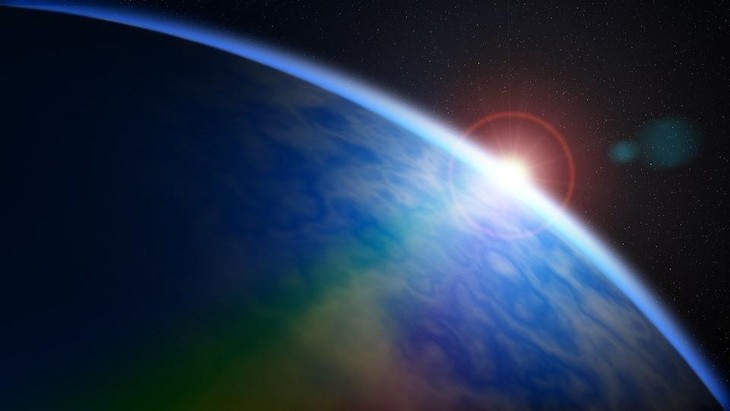 |
| Professor Madhusudhan and his colleagues do not claim to have discovered alien life. They say further research is needed to confirm and expand on their findings. Photo: Melmak / pixabay. |
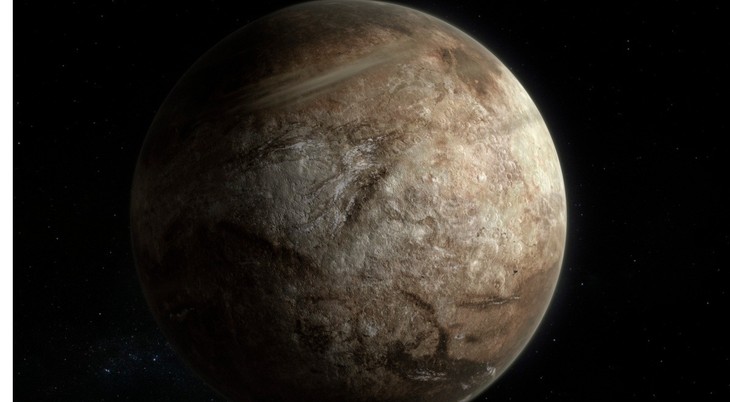 |
| Detecting signs of alien life is no easy task. This is made even more difficult when studying a planet like K2-18b that we are unlikely to be able to thoroughly examine in the near future. So scientists will likely need more time to collect and analyze data to prove that alien life is possible. Photo: Hypersphere via Getty Images. |
Readers are invited to watch the video: See the world's largest alien-hunting telescope.
Source: https://khoahocdoisong.vn/lo-bang-chung-ve-su-song-ngoai-hanh-tinh-chuyen-gia-kinh-ngac-post268938.html



![[Photo] General Secretary To Lam meets and expresses gratitude to Vietnam's Belarusian friends](https://vphoto.vietnam.vn/thumb/1200x675/vietnam/resource/IMAGE/2025/5/11/c515ee2054c54a87aa8a7cb520f2fa6e)
![[Photo] General Secretary To Lam arrives in Minsk, begins state visit to Belarus](https://vphoto.vietnam.vn/thumb/1200x675/vietnam/resource/IMAGE/2025/5/11/76602f587468437f8b5b7104495f444d)


![[Photo] General Secretary To Lam concludes visit to Russia, departs for Belarus](https://vphoto.vietnam.vn/thumb/1200x675/vietnam/resource/IMAGE/2025/5/11/0acf1081a95e4b1d9886c67fdafd95ed)




![[Video] Bringing environmental technology from the lab to life](https://vphoto.vietnam.vn/thumb/402x226/vietnam/resource/IMAGE/2025/5/11/57d930abeb6d4bfb93659e2cb6e22caf)
![[Video] Product risk classification: Solution to reform quality management, reduce burden for businesses](https://vphoto.vietnam.vn/thumb/402x226/vietnam/resource/IMAGE/2025/5/11/cbcd6b50805549a5bbb9e8e6354eda70)











![[Photo] National Assembly Chairman Tran Thanh Man attends the Party Congress of the Committee for Culture and Social Affairs](https://vphoto.vietnam.vn/thumb/1200x675/vietnam/resource/IMAGE/2025/5/11/f5ed02beb9404bca998a08b34ef255a6)















































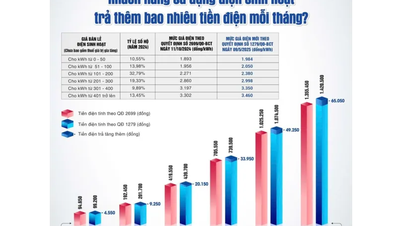
















Comment (0)